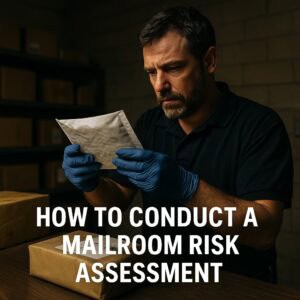A comprehensive risk assessment involves many pieces of information gathered from various sources. This may look different for individual travelers, corporate or business travelers, or those traveling on behalf of religious or non-profit organizations. Completion of tasks such as individual situational awareness audits completed by the traveler and risk evaluations completed by the sending organization all come together to create a comprehensive risk analysis.
There is always risk associated with travel, whether it be for work or for pleasure. The degree of risk varies and is affected by a number of things, both within and outside of our control. One item of consideration when conducting a risk analysis should be whether or not the individual is traveling alone. Solo travel versus traveling as a group has an impact on the degree of risk one may be exposed to. While solo travel may not be unsafe, it is typically less safe than traveling with others.
A lot can be said for situational awareness and a little planning. In short, situational awareness is your ability to pay attention to what is going on around you. The advantage of having a keen sense of situational awareness is it allows you to observe and decipher the events around you. As you refine this skill, your ability to perceive what is going on will improve and will allow you to have more time to respond appropriately.
The planning component of this equation has to do with the things you can do in advance that will facilitate your response to particular events. A key piece of this is conducting a travel risk assessment. The following are just a small snippet of the items that should be evaluated when completing a thorough travel risk assessment:
- Travel
specifics - Medical and health
- Environmental concerns
- Accommodations
- Cultural environment
- Technology and communication
- Transportation
- Security
Once this assessment has been completed you can take this report as a whole to assist in making more informed decisions about how you should approach certain situations. Some areas may require more planning on your part due to limited resources in the area you will be visiting. Other areas may require little planning due to an abundance of local resources. Your pre-trip work will help to determine these types of things.






